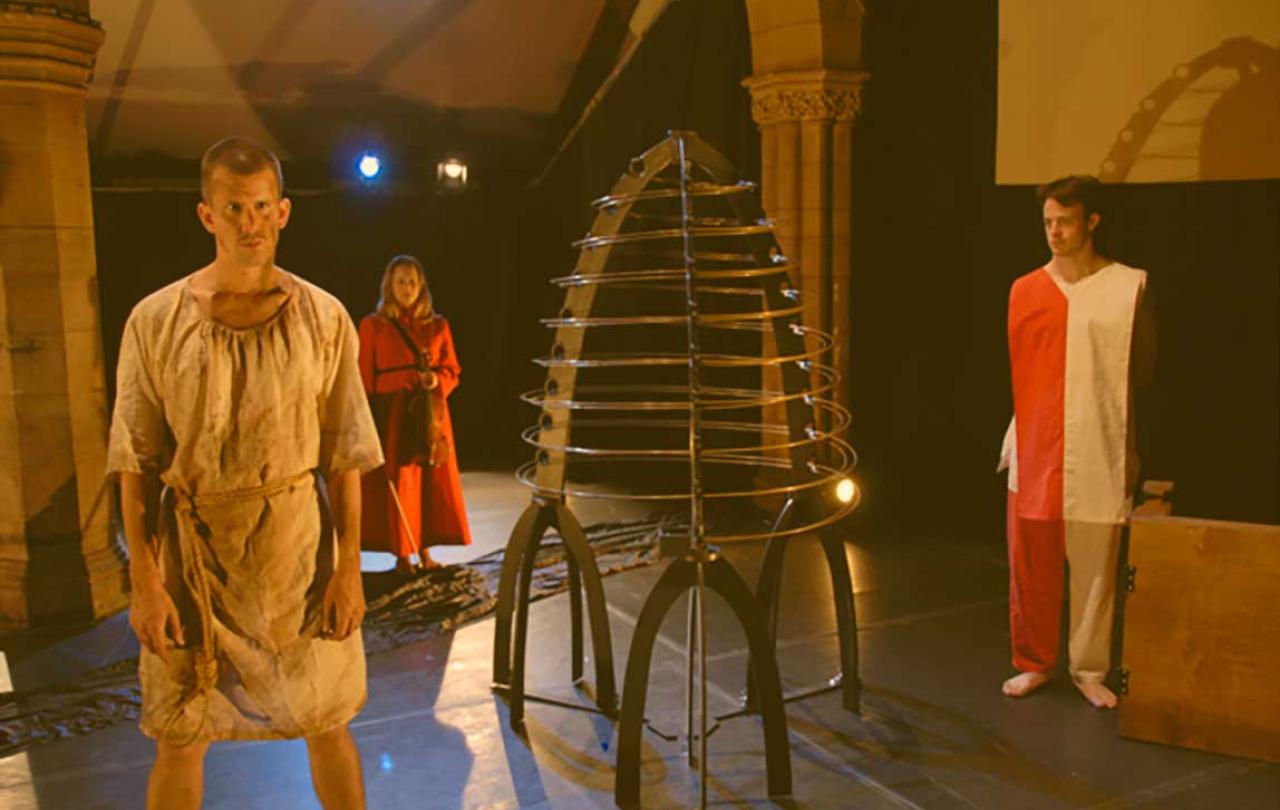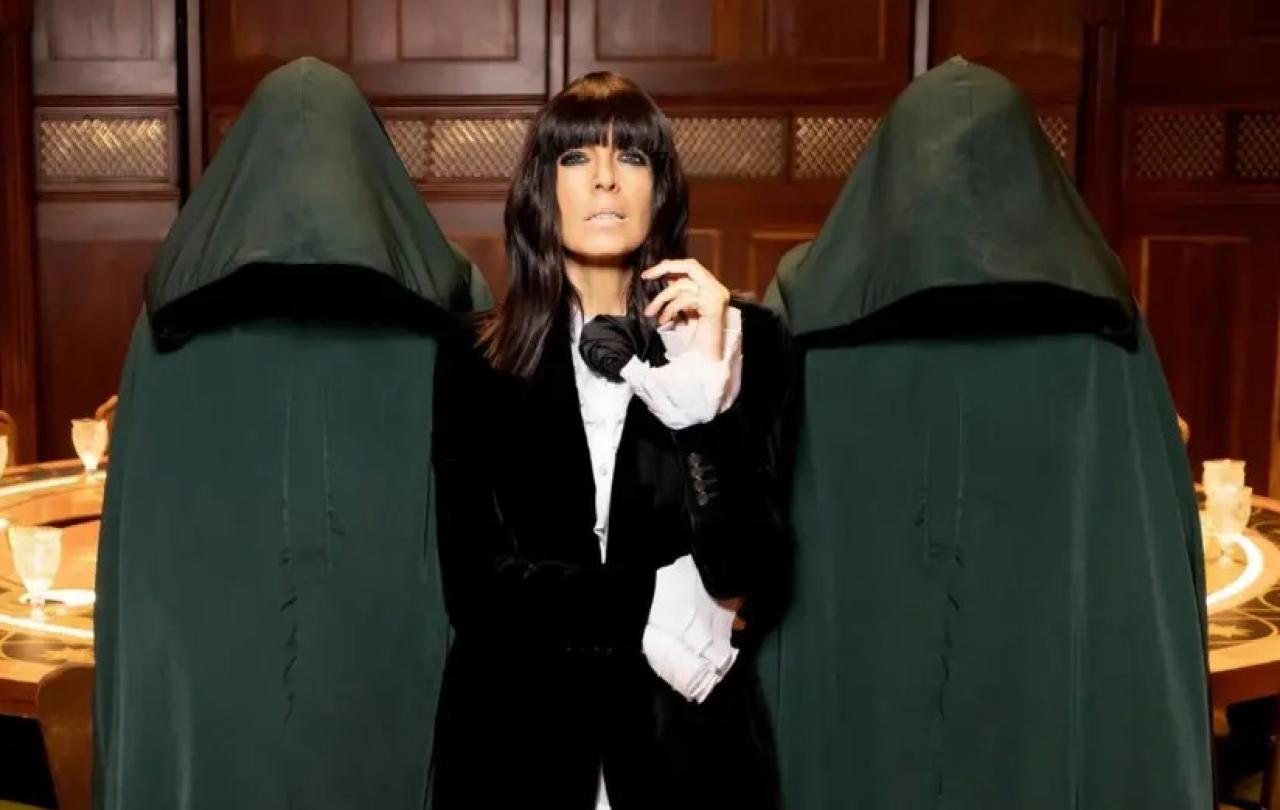
This article was first published 22 August 2023.
The Edinburgh Fringe Festival is probably the greatest arts festival on earth. And it’s getting bigger every year. In 2001, 666 groups presented 1462 shows in 176 venues, selling 873,887 tickets between them. By 2017, everything had doubled. 3398 shows at 300 venues sold 2.9 million tickets. Even Covid19 couldn’t burst the balloon. This year, the Fringe is as big as ever. How does it keep on growing?
I have a controversial theory based on my experience as a Fringe performer. And it’s not about the insatiable demand for tickets, but the strange supply. Let me explain.
Every year, tourists arrive in Scotland’s capital to sample an exciting buffet of comic and dramatic treats, alongside a smorgasbord of bizarre spectacles. It’s a hit-and-miss affair, for sure. But most punters know that most shows are, well, a punt. The fringe programme contains comedians, theatre troupes and performers you’ve never heard of performing something that’s rather hard to get one’s head around, until one’s seen it. And sometimes not even then.
The average Fringe goer might well take in half a dozen shows over a long weekend. One might be a favourite Mock the Week comedian of the telly in a venue that seats 800. But the rest are small, intimate, dank spaces that may be uncomfortably packed, or embarrassingly empty. Again, that’s all part of the experience. Add some beers, some unfamiliar street food and just enough sleep to function, and that’s the Edinburgh Fringe experience.
Spare a thought for the thousands of performers you leave behind. There are the ones trapped in that outré fringe show which runs until the end of the month.
Except it’s only one side of it, oh Fringe goer. As you jump on a train from Waverley station and return to the office with a sore head and some good stories about some weird outré theatre that really didn’t work, spare a thought for the thousands of performers you leave behind. There are the ones trapped in that outré fringe show which runs until the end of the month, doomed to perform the same deeply flawed show twenty-seven times, like Sisyphus rolling his rock up the hillside.
If you’re a fringe performer, and I speak from the experience of having performed or produced various shows at the Edinburgh Fringe between 1996 and 2017, things are rather different.
The Edinburgh Fringe is not a talent show where the obscure but gifted performer finds an audience, acclaim and fame through sheer hard work and pluck. That is the experience of a few, but for most, the Fringe is more like running a marathon in the rain wearing an amusing but extremely absorbent fancy-dress costume. It is a test of grim endurance.
It’s not just an endurance of physical stamina, although the odd hours, the alcohol and the ill-advised street food all take their toll. Ultimately, the Edinburgh Fringe is a month-long examination of character. You will experience emotions and feel frustrations that only happen in this annual cauldron of dysfunctional ambition.
It’s not about the show. The 60 minutes spent on stage in front of the barely adequate lights is the straightforward part of your day. The show, even if it’s improvised, is broadly the same each time. How you spend the other 23 hours is real test.
You might think that the task is simple. Every day, you leap out of bed, eat a hearty Scottish breakfast, grab your stack of flyers, and go out and spread the word about your show. No?
Here’s the problem: within a week or so, you’ve worked out that your show is not what you thought it was. What seemed to be an hilarious off-the-wall idea back in February, now seems like a joke worn thin, that technically didn’t quite work in the first place. You are not in contention for an award. Your show doesn’t have any ‘buzz’. Your temporary friends console you that you’re being penalised by doing something different. Or you’re in the wrong slot. Or in the wrong venue. Or getting the wrong audience… when you get an audience.
The expensive prop from your show that is carried around the streets to sell tickets now feels like an albatross around your neck. Your costume hasn’t been washed for over a week and probably never will be. And every punter you speak to has already booked to see the hot new show that has captured the zeitgeist. Oh, and the Cambridge Footlights. And that comedian who was on Mock the Week. Or as it Live at the Apollo? And then they’re going out to dinner with some friends.
At that moment, you remember how much this is costing you, the largest amount of your budget going to your temporary landlady who is currently sunning herself in Malaga having rented you her broom cupboard.
And then it starts to rain.
There’s something about the Edinburgh Fringe that keeps performers coming back year after year. Next year, it’ll be different. And it isn’t.
It appears that I have not made my case for the continual expansion of the Edinburgh Fringe. I have demonstrated a thousand reasons to abandon Auld Reekie and never to return. But let me tell you about what happens next to our hapless performer.
In the short term, the embittered, disenchanted performer may give in to the seven deadly sins, justifying all kinds of self-destructive and narcissistic behaviour. Terrible food, too much booze and ill-advised liaisons. But this is Edinburgh where everything is multiplied many times over. It’s not the seven deadly sins, but seventy-seven deadly sins.
In fact, wait. ‘The Seventy Seven Deadly Sins’? Is that an idea for a show for next year? You start to design the flyer in your head. In the midst of your frustration and exhaustion, you’re already planning your return next year.
Here’s where the wisdom of the ages kicks in which explains my theory. In the Bible, there is a wonderful proverb from King Solomon which runs thus: “As a dog returns to its vomit, so fools repeat their folly.” There’s something about the Edinburgh Fringe that keeps performers coming back year after year. Next year, it’ll be different. And it isn’t. But maybe the year after it will be. And so every year, alongside the newcomers, the old timers return with a new show. And the fringe grows a little bit more every year.
Actually, the first half of that proverb sounds like a great title for a Fringe play. And after my years of experience, maybe it’s time I went back…





